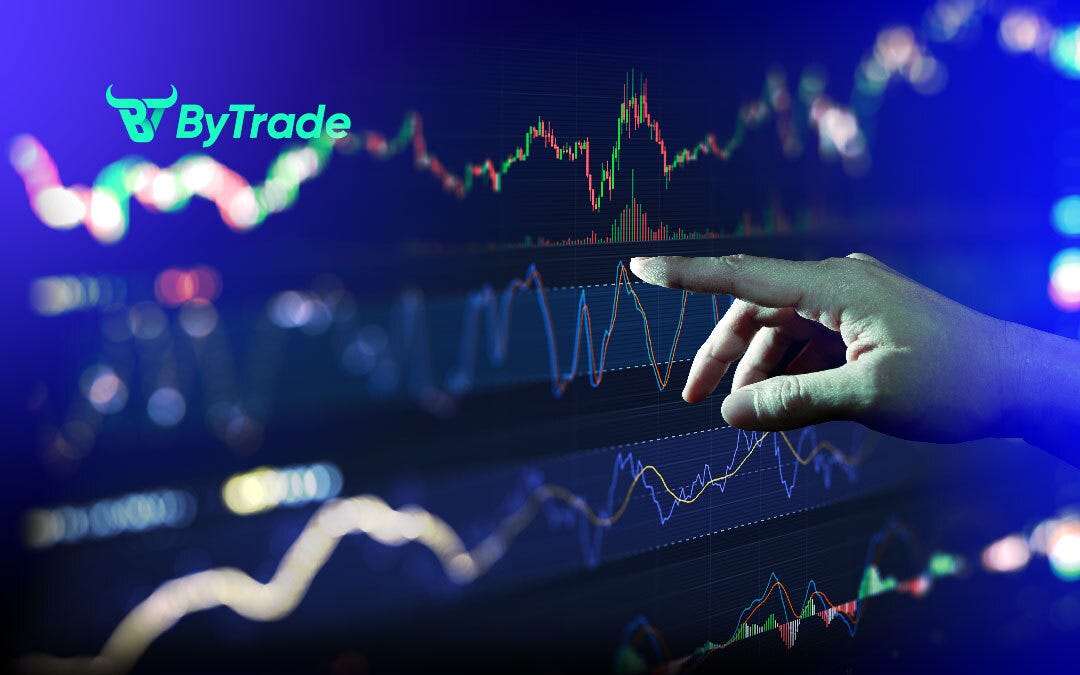
What is Margin in Crypto?
Margin trading in cryptocurrency is an advanced trading option that allows you to borrow funds to trade larger positions than your current capital would allow. This practice can amplify your potential profits but also increases your risk exposure. Understanding what margin in crypto entails is crucial before engaging in margin trading. For further details, you can what is margin in crypto trading visit website for insights into trading strategies.
Understanding Margin Trading
Margin trading involves the use of borrowed funds from a broker or exchange. Essentially, you deposit a certain amount of capital, known as the margin, which acts as collateral for any borrowed funds. This practice is common in various financial markets, including stocks and forex, and has recently gained traction in the cryptocurrency sector.
How Margin Trading Works
In margin trading, traders can open positions much larger than their account balance by borrowing money. For example, if a trader has $1,000 and a margin requirement of 50%, they can trade up to $2,000 worth of a cryptocurrency. If the trade is successful, the profits are significantly larger compared to trading without margin. However, it’s essential to note that losses are equally amplified, which can lead to margin calls and liquidation if the market moves against your position.
The Benefits of Margin Trading

- Increased Potential for Profit: The primary benefit of margin trading is the potential for higher returns. With a smaller initial investment, traders can control larger positions.
- Leverage: Margin trading provides leverage, allowing traders to open larger positions than their account balances would otherwise permit.
- Diverse Strategies: Traders can employ various strategies, such as hedging and short selling, to capitalize on different market scenarios.
- Liquidity: Margin trading can increase liquidity in the market, making it easier for traders to enter and exit positions swiftly.
The Risks of Margin Trading
While margin trading can lead to significant profits, it also comes with considerable risks:
- Leverage Risk: High leverage can amplify losses, leading to rapid depletion of your account balance.
- Margin Calls: If the value of your collateral falls below a certain level, your broker may issue a margin call, requiring you to deposit more funds or face liquidation of your position.
- Market Volatility: Cryptocurrencies are notoriously volatile. Rapid price shifts can lead to unexpected losses for margin traders.
- Limited Control: Once a position is opened on margin, market conditions can change quickly, potentially leading to significant losses in a short period.
Key Terms in Margin Trading
To navigate margin trading effectively, it’s important to understand several key terms:
- Margin: The amount of money that a trader must deposit to open a position.
- Leverage: The ratio of a trader’s funds to the size of the broker’s credit, expressed as a ratio (e.g., 2:1, 10:1).
- Margin Call: A demand by the broker for additional funds to maintain a margin position.
- Liquidation: The process of closing a position when the margin level falls below the required minimum.

Margin Trading Strategies
Traders can employ various strategies to benefit from margin trading:
- Long Position: Buying a cryptocurrency with the expectation that its price will rise.
- Short Position: Borrowing a cryptocurrency to sell it, expecting to buy it back at a lower price to return to the lender, profiting from the difference.
- Scalping: Taking advantage of small price movements in a short time frame, often requiring frequent trades.
- Hedging: Reducing risk by taking positions that offset potential losses on other investments.
Tips for Safe Margin Trading
Engaging in margin trading requires discipline and a sound strategy. Here are some tips to manage risk effectively:
- Start Small: Begin with a small amount of leverage until you become comfortable with the process.
- Set Stop-Loss Orders: Use stop-loss orders to limit potential losses and protect your capital.
- Educate Yourself: Continuously educate yourself about market trends, trading strategies, and risk management techniques.
- Manage Your Emotions: Avoid making impulsive trading decisions based on fear or greed; stick to your trading plan.
Conclusion
Margin trading in cryptocurrency can be a double-edged sword. While it offers the opportunity for increased profits, it also carries significant risks that can lead to substantial losses. Understanding the intricacies of margin trading, including its benefits, risks, and strategies, is essential for any trader looking to navigate this complex landscape. Always approach margin trading with caution, ensure you have a robust risk management strategy in place, and educate yourself continuously to make informed decisions.
